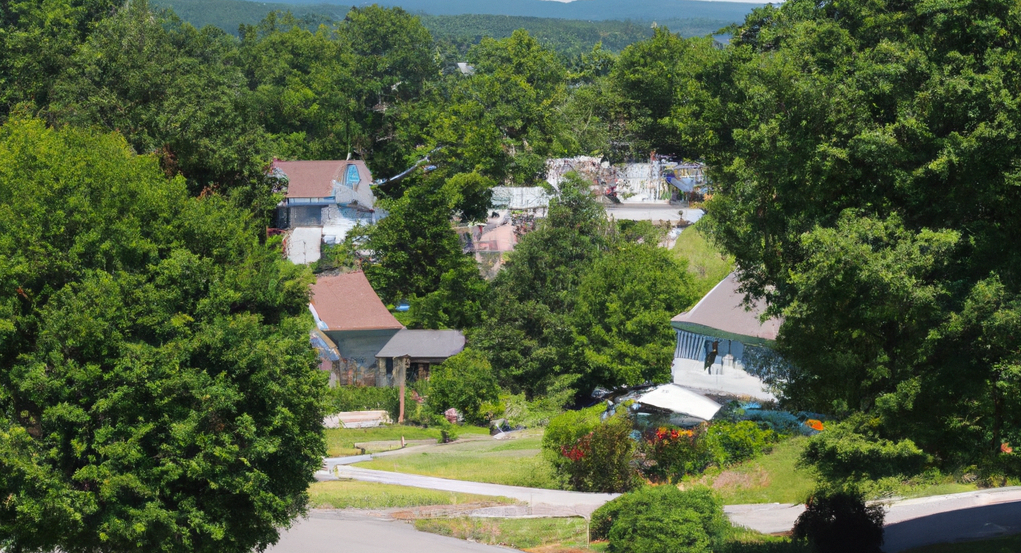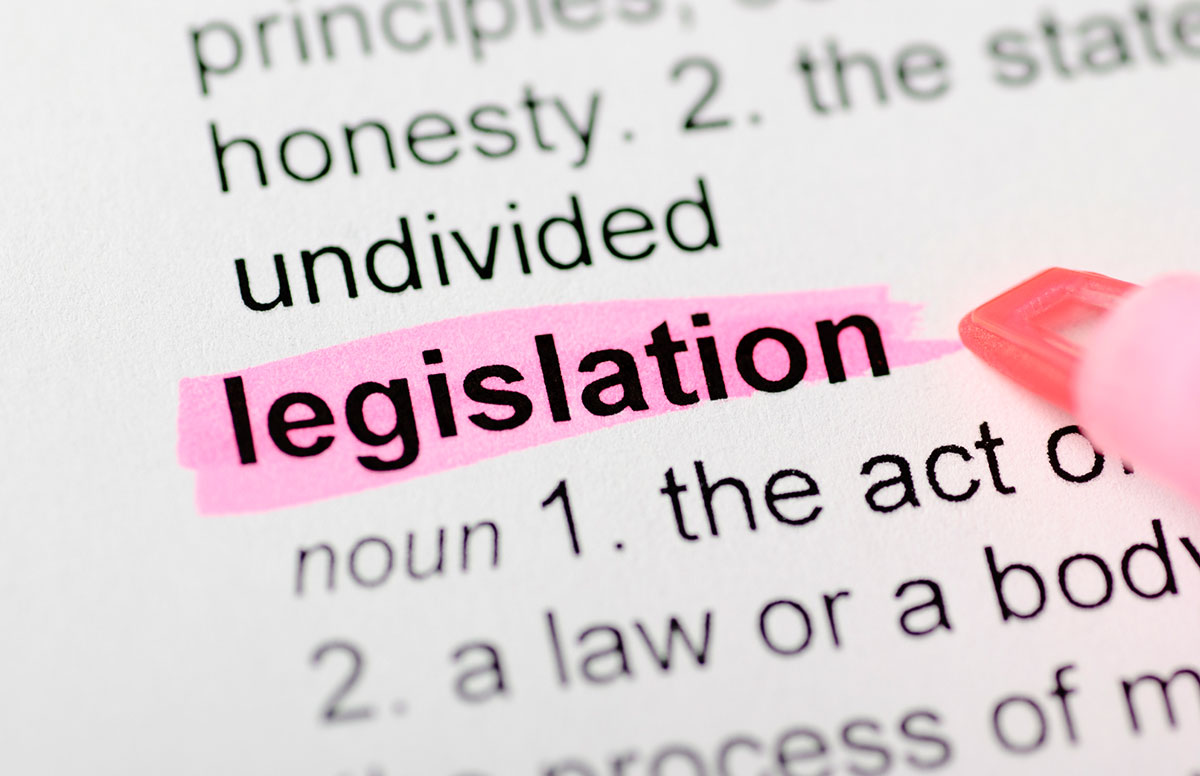IRA Provides Billions for Affordable Housing Energy Efficiency, Resiliency
The new Inflation Reduction Act includes significant investments to address climate change in affordable housing.
The Act, signed into law on August 16 by President Biden, includes funds that can be used improve the energy efficiency and climate resiliency of affordable multifamily housing, including multifamily subsidized by HUD and Low Income Housing Tax Credits.
An analysis by the National Housing Trust identified more than $25 billion in the Act that could benefit affordable multifamily housing.
The Act includes $1 billion for HUD’s multifamily housing programs, including for owners and operators of Section 8, Section 202, and Section 236 properties, to improve energy or water efficiency, indoor air quality or sustainability; implement the use of low-emission technologies, materials, or processes, including zero-emission electricity generation, energy storage or building electrification; address climate resilience; and for energy and water benchmarking.
A separate $4.3 billion program, HOMES Rebate Program, from the Department of Energy to be administered by state energy offices will provide rebates for the costs of energy efficiency retrofits that are modeled to achieve or have achieved verifiable minimum energy use reductions. Eligible recipients can include homeowners and multifamily building owners and aggregators (entities that may receive rebates on behalf of homeowners and multifamily building owners) who undertake whole-house energy efficiency retrofit projects that achieve modeled or measured reductions in energy usage.
Another $4.5 billion program in the Act, the High-Efficiency Electric Home Rebate Program, will provide rebates for qualified home electrification projects to low- or moderate-income homeowners and multifamily building owners undertaking a qualified electrification project and entities carrying out qualified electrification projects on behalf of LMI homeowners and multifamily building owners.
The Act also extends and increases the New Energy Efficient Home Credit Extension and clarifies that if the multifamily building is financed by the Low Income Housing Tax Credit program, this tax credit will not reduce the eligible basis of the building. To qualify, a multifamily dwelling unit must meet the national and regional requirements of the most recent Energy Star Multifamily New Construction program.
In addition, the IRA establishes a bonus credit for solar and wind facilities connected to low income communities. The bonus credit is available to projects placed in service in low income communities and/or facilities installed as part of a qualified low income residential building. To be considered a qualifying low-income residential building, the financial benefits of the electricity produced must be allocated equitably among the occupants of each dwelling unit. The Department of the Treasury will develop procedures for allocating these tax credits, which will not reduce the eligible basis of a building financed with Housing Credits.
Read the National Housing Trust’s analysis here.

 Budget Reconciliation 2025
Budget Reconciliation 2025


